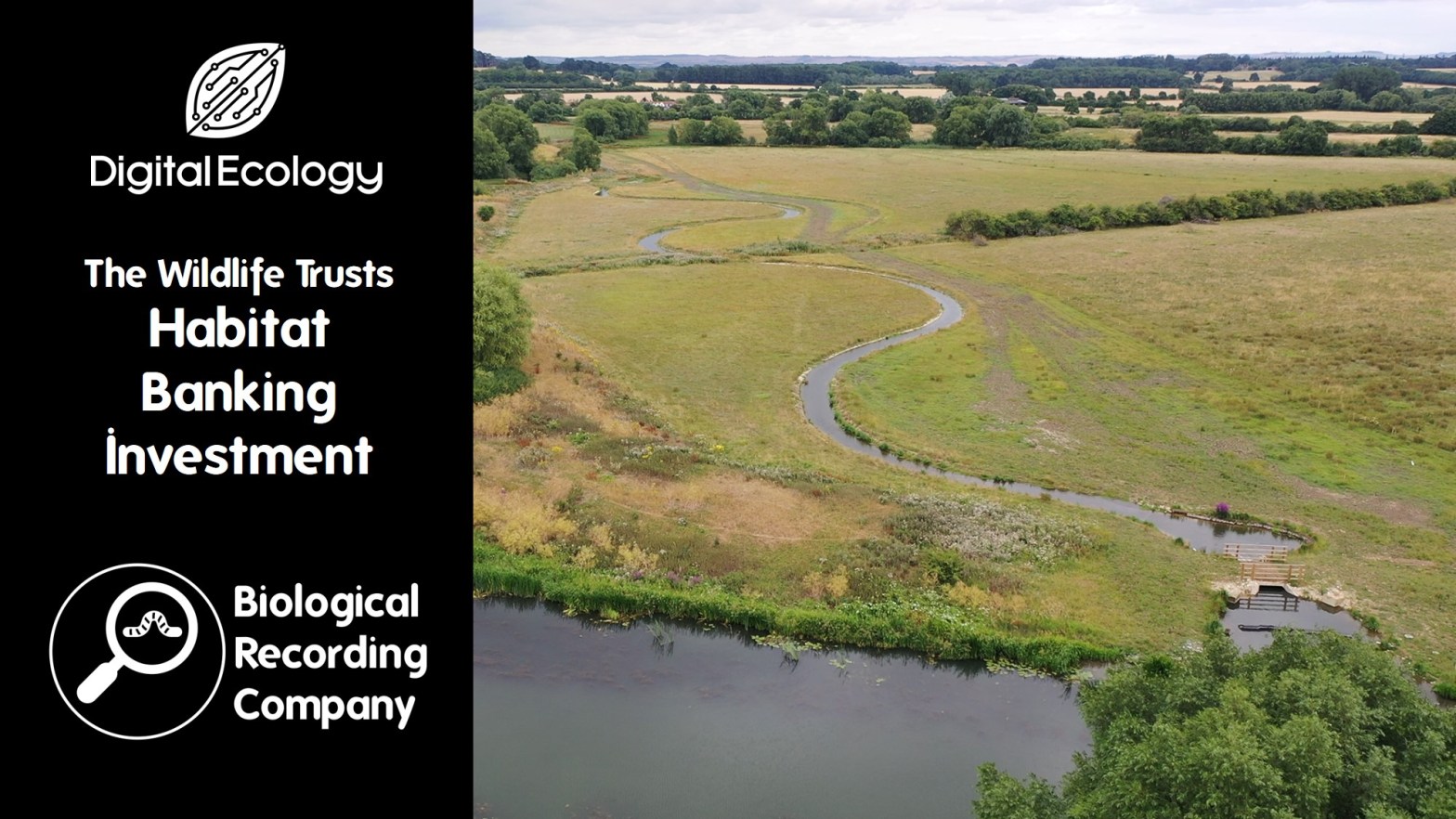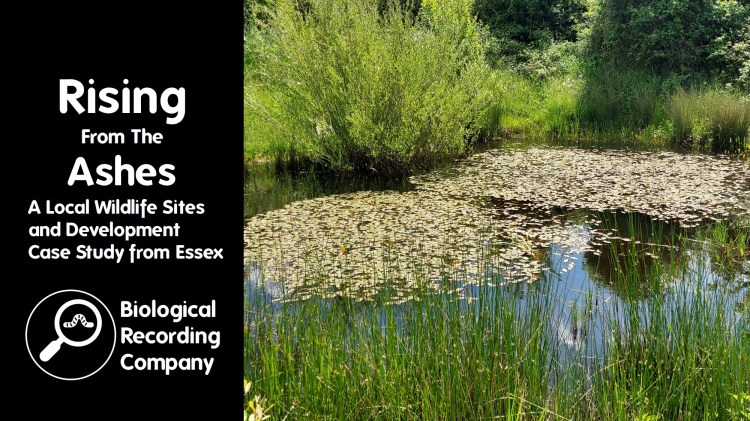The Wildlife Trusts Habitat Banking Investment project aims to create new financing structures to meet near-term demand for BNG credits and prepare to accelerate delivery when national policy is implemented. Their partnership has developed a new model to enable Trusts to leverage private finance and secure biodiversity unit agreements with developers to secure strategic land and create new habitats, reducing current reliance on piecemeal grant funding and offset payments.
Martin Varley is the Director of Nature Recovery at Cheshire Wildlife Trust and leads the Trust’s conservation efforts in the wider countryside beyond our nature reserves. The trust was a partner in the Wildlife Trusts Habitat Banking Investment project, a partnership between 4 Wildlife Trusts (Berks Bucks and Oxon, Cheshire, Warwickshire and Surrey) and the financial advisors Finance Earth.
Q&A with Martin Varley
- How important is the location of the site in terms of connectivity?
What you have is an ideal where the delivery site is right next to one of our existing nature reserves, and then you have the reality. So I think it is a factor in our analysis and we would prefer to have a site which is connected but the truth is that the supply is so limited that we may well consider sites outside of that. The other issue is that within the local authority, there is a proximity principal with where the damage takes place as well, so we have councillors that are saying that the damage is taking place within my parish and I want a BNG site within my parish. - When it comes to the design of the habitat banks, how did you choose which habitats were going to be created or enhanced on the sites?
From a Wildlife Trust point of view, we would say what is best for this site and we would create the habitat that is best for that site. Secondly, we would then try and sell that to the BNG market. For example, in Cheshire we only have 300 hectares of grassland and this is the dominant habitat that is being lost to development so it would mostly be grassland that is being created. - What is your approach to recording, evidencing and tracking all of this ahead of the national register?
It’s very complicated and can be quite random – we are learning as we go and there are a large number of people involved within our organisation. We now have contracts with local authorities to deliver specific BNG related to development – so it is now programmed into our operations team about when is the monitoring of the site, when is the habitat being created and when is the funding being drawn down from the endowment that has been created for the sale of the units. This gets even more complicated as a single site may include multiple areas within it that have been sold to different developers at different times with separate section 106’s, meaning what looks like a single meadow is actually a number of BNG delivery sites with virtual boundaries separating the individual BNG delivery sites. Essentially each developer is buying a portion of the habitat that you are creating. - What happens to the habitats created through BNG on your sites after 30 years?
That’s a good question! At the moment there is no plan for the habitat created following the 30 years. That’s the least of our worries at the moment while we focus on getting ready for the near future.
Further info and links
- Habitat Banking Investment Scheme Announcement: https://www.bbowt.org.uk/news/habitat-banking-investment-scheme-wins-government-funding
- Upcoming free entoLIVE webinars: https://www.eventbrite.co.uk/cc/entolive-webinars-74679
- Full list of courses and events from the Biological Recording Company: https://www.eventbrite.co.uk/o/the-biological-recording-company-35982868173
- Proposed Condition Assessment Method for BNG by Digital Ecology: https://digital-ecology.co.uk/condition-assessment-method.html








